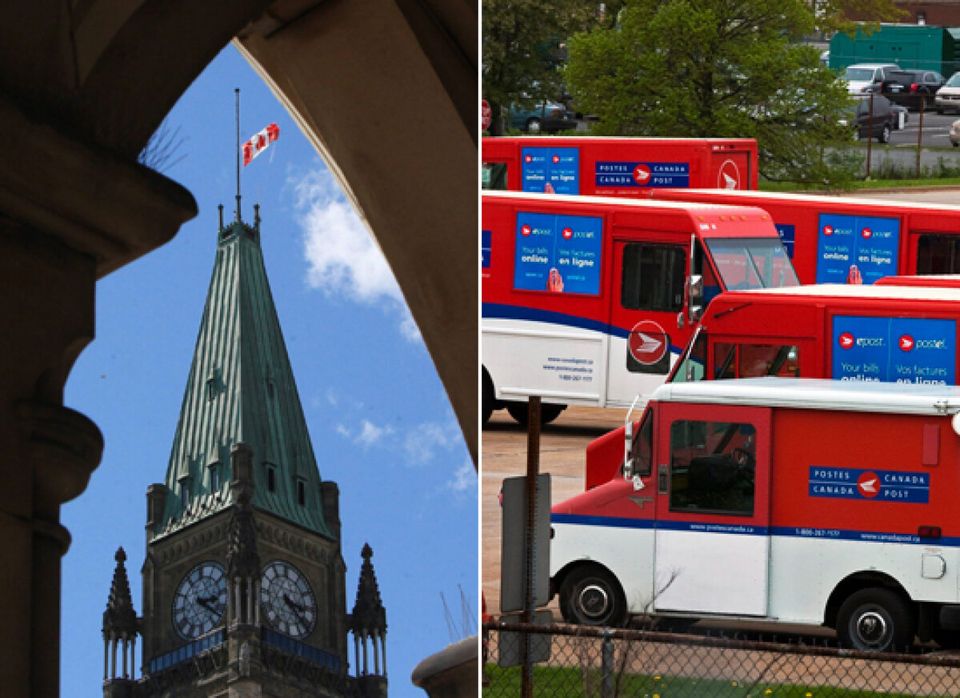The Auditor General of Ontario released a special report on the provincial government's plan to divest of Ontario Northland Transportation Commission (ONTC), a crown corporation that provides intercity bus and train transportation as well as some telecommunications services to Northern Ontario. While the government initially claimed this would save $266 million over three years, the Auditor General claims that the move could actually cost the government $820 million. Lost in the headlines are the facts that some of these costs were inevitable with or without divestiture, potential revenues from selling off ONTC assets are intentionally excluded from the calculations, and the government will save $73 million annually after the pay-back period without necessarily reducing service levels. Though not as rosy as the initial government estimates, this is still a good deal for Ontarians.
The Government of Ontario failed to communicate several costs associated with divesting of ONTC. Divestiture was never going to be costless. While some costs, such as the $25 million in severance are due to divestiture, many would have needed to be paid one way or another.
The report's calculations also included $100 million of unfunded pension liabilities that ONTC has accrued. Claiming that this cost is due to divestiture isn't accurate, since that shortfall would have to be covered at some point either way. In fact, divestiture will prevent further accrual of unfunded liabilities.
Additionally, the AG noted that costs of cleaning up environmental contamination on ONTC lands were not included in the $820 million. Again, this is a cost that would have to be incurred one way or the other at some point. Letting contaminated land fester was not a viable option.
Note that the AG report does not disclose the potential sale value of ONTC assets, since the sale prices are not yet known and divulging that information could impact the divestiture process. Whatever return they receive on their assets will reduce the cost of divestiture. If ONTC assets are in good shape, the return could be substantial. If they aren't, then the fleet likely would have required heavy capital investment to continue service over the long term. Given that public operators don't have the same incentive as private operators to minimize life-cycle costs of equipment, it is entirely possible that they've deferred maintenance, reducing the value of their assets. Either way, factoring this in makes the case for divestiture much stronger.
Critics of divestiture gloss over the fact that service will be maintained. The government has committed to maintaining funding for a rail link between Cochrane and Moosonee, as well as bus service in communities served exclusively by ONTC. They have pledged $27 million to ensure this service continues. If the government plays its cards right, it could almost certainly bring those ongoing subsidy costs down.
One model Ontario could follow comes from Washington State, and has been emulated by Colorado, Maryland, Oregon, and California. Washington decided to move from a traditional grant program to a competitive model where potential providers bid on a "least-cost subsidy." The state sets out the service levels required, and private providers submit bids. The state then evaluates those bids based on a number of criteria, including the requested subsidy. This ensures quality service at a low cost. The state, which is sparsely populated and remote outside of Seattle, spent $4.3 million from 2007-2012 restoring service to and running 4 separate bus lines that cover all of the state highways (the interstates are served without subsidies).
For comparison's sake, Saskatchewan grants a monopoly to a crown corporation to provide intercity bus service in the province which required $11.5 million in subsidies for a province of just over 1 million in 2012, and is gradually reducing the number of communities served while increasing subsidies. Manitoba paid out $4.8 million to Greyhound in 2010 before discontinuing subsidies. The Washington State model comes out looking very good. Ontario should take this opportunity to emulate that success.
Rather than impugning divestiture, the AGs report confirms that divestiture is the right approach. While it will take 7 or more years to recover the combination of divestiture costs and unfunded pension liabilities, the Government of Ontario will save and estimated $73 million annually afterwards according to the Auditor General's report. Despite the savings coming later and being less than the $100 million initially advertised, this is good news.
Northern Ontario doesn't need to sacrifice service. It just needs a better service model, and ONTC divestiture can be the first step in that process.
ALSO ON HUFFPOST:
